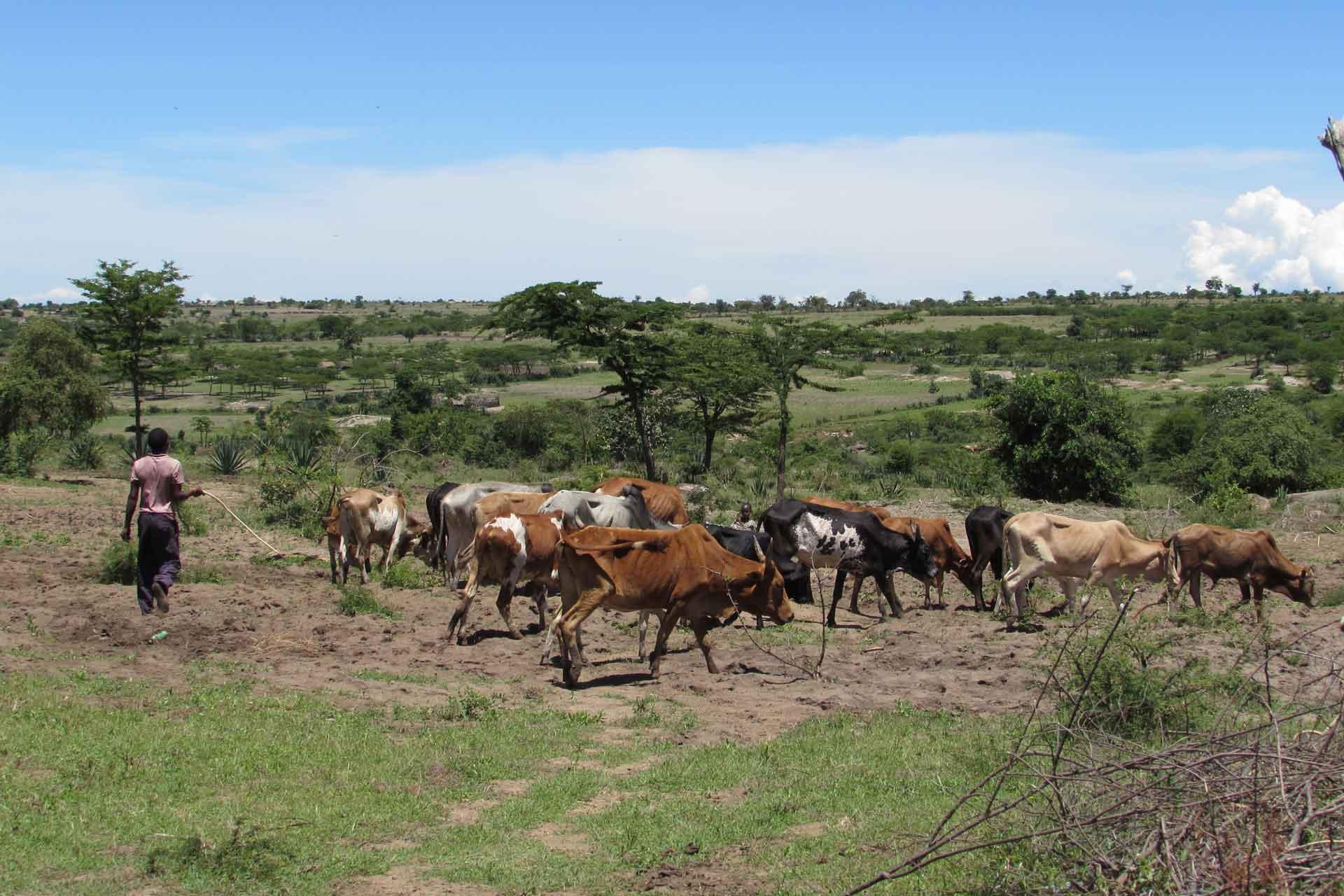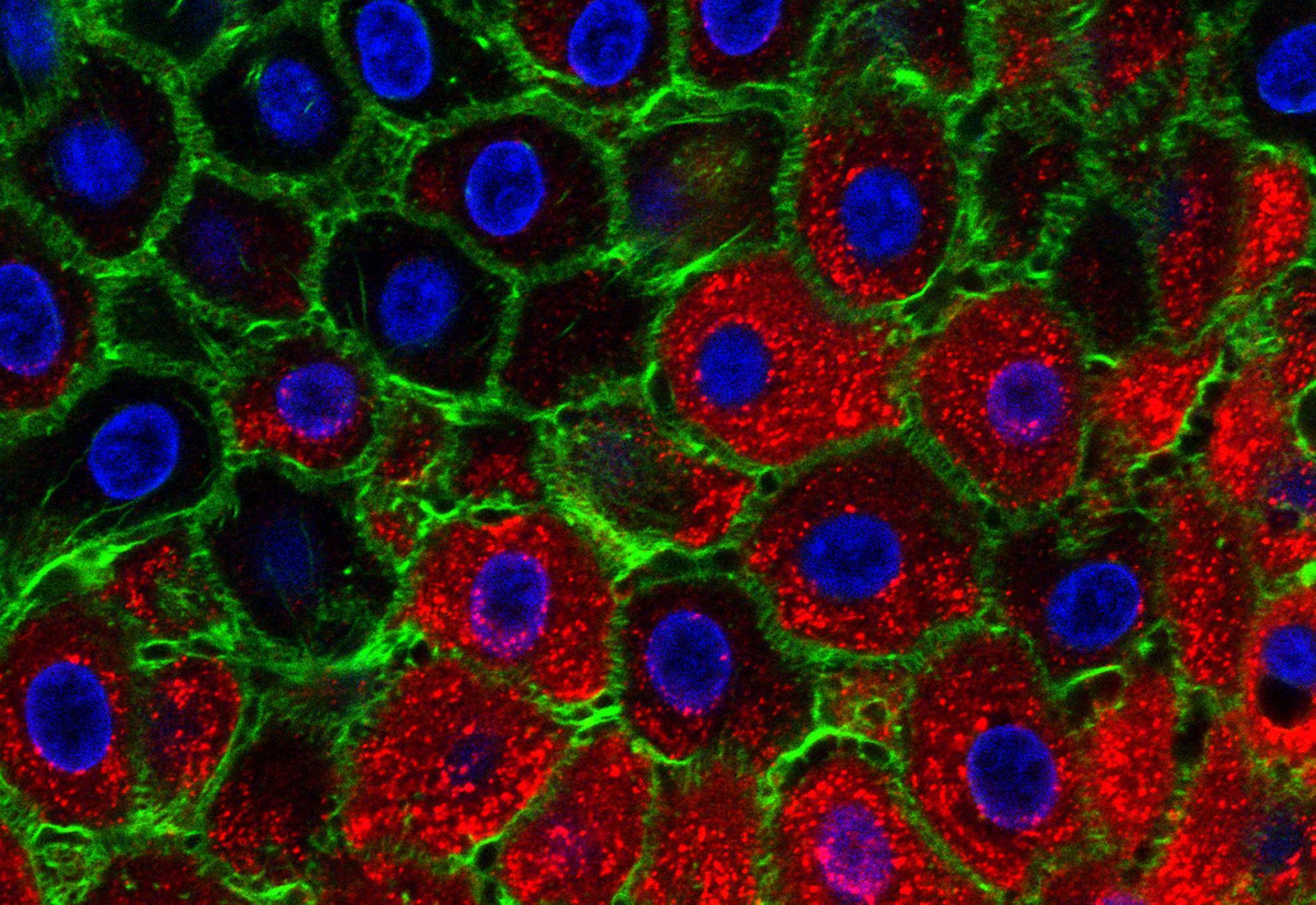Universal amplification and sequencing of foot-and-mouth disease virus complete genomes using nanopore technology
Background: Foot-and-mouth disease virus (FMDV) is capable of causing explosive outbreaks among domestic and wild cloven-hoofed animals. Genomic characterisation of FMDV is a crucial component of disease control enabling accurate tracing of disease outbreaks to be undertaken. Nanopore sequencing is an affordable and accessible form of high-throughput sequencing (HTS) technology. However, most published methods for FMDV only sequence genomic fragments or focus upon specific lineages. In this study, a universal FMDV sequencing protocol was developed alongside a bespoke analytical pipeline to sequence any FMDV genome in the absence of prior knowledge regarding the identity of the serotype or lineage.
Methods: Universal multiplex RT-PCRs were used to amplify overlapping tiles encompassing the entire FMDV genome. The PCR products were pooled and subjected to nanopore sequencing using the portable MinION sequencing device. A bioinformatics pipeline was used to assemble genomes based upon blastn and reference assembly.
Results: Iterative changes in primer design and pooling resulted in two panels of primers; one set amplifying twenty short fragments (S_scheme), and another set amplifying six longer fragments (L_scheme). Both approaches were shown to be capable of generating FMDV genomes, however the L_scheme was simpler, more reliable and more cost-effective at generating complete genomes. The final L_scheme protocol was assessed using 30 FMDV isolates representing all the currently circulating lineages of FMDV. As part of the development, we successfully trialled the use of this technology in Uganda, a country endemic for FMD.
Conclusions: The amplification, sequencing and bioinformatics strategy developed here has been assessed using a diverse array of FMDV lineages. Using two multiplex PCR reactions, this approach can successfully generate complete genomes of FMDV in a lineage agnostic fashion. Therefore, the primer sets and approaches described here represent a useful tool for expanding the capacity of laboratories to characterise FMDV at the genomic level.

